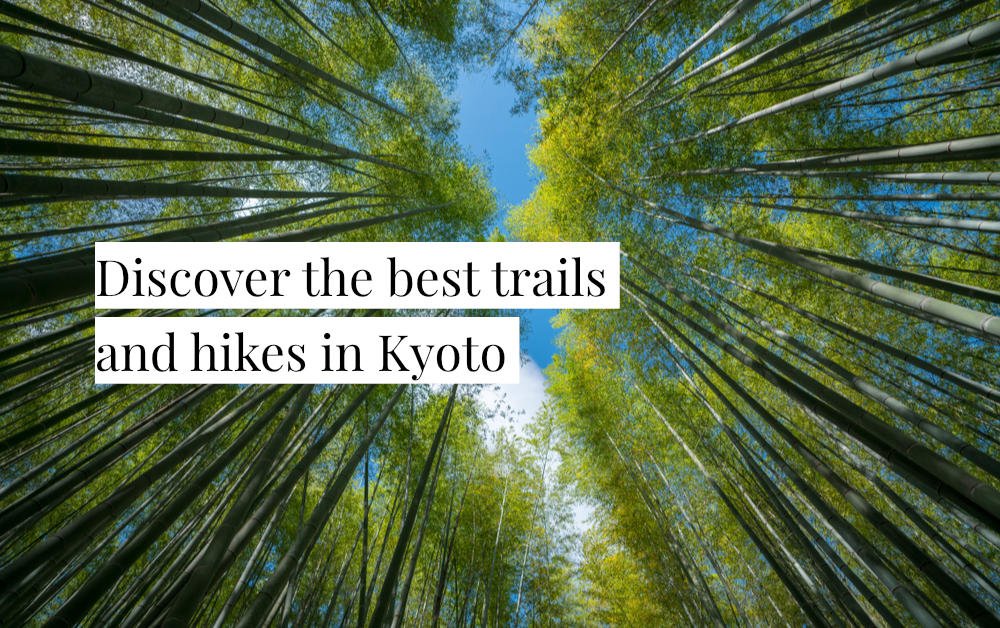A desert fanatic should be able to recognize the Joshua Tree National Park. This is where two of the famous California deserts meet – the Mojave Desert and the Colorado desert. Besides, this becoming one of the favorite spots for photographers. A rising campaign to preserve it may make this desert more familiar to you. Visiting the Joshua Tree National Park can be very easy, so here’s a travel guide to help you become more familiar with the location.
Getting there

For about 40 miles, the nearest airport is the Palm Springs International Airport (PSP). If coming from this location, you can reach the Joshua Tree National Park by taking Hwy 10 West to Hwy 62. If you are coming from other locations, Hwy 10 and Hwy 62 should be your guide that leads you to an entrance.
There are three entrances to Joshua Tree – the North, South, and West Entrances. The West is the main entrance which is the best for those coming from Los Angeles, San Diego, and Palm Springs. If you are moving through Hwy 62 in 29 Palms (which you’ll know because of the signs), that is the North Entrance which usually has shorter lines on weekends and holidays. Those coming from Phoenix and New Mexico may opt to go to Hwy 10, where they will enter through the South Entrance. Before you get too excited, make sure to pay your pass before you enter!
Fees, Permits, and Passes

As mentioned, pay an entrance fee before you enter the Joshua Tree through their visitor centers or recreation.gov for online passes. Select The National Parks & Federal Recreational Lands Passes may also include an entry to the Joshua Tree National Park. Passes start at US$15 good for one week for an individual on foot or bike. An annual pass is also available for US$55 that is valid for 12 months from the month of purchase. Both non-commercial and commercial groups may require an additional fee and restrictions could apply. Entrance is free on specific holidays.
Camping may require permit and pay charges that will depend on the campgrounds. Some of them may also require reservations to avoid being crowded. Some campgrounds have a first-come, first-serve policy – so it’s better to arrive early. It is important to be updated a day or two before visiting the park to be aware of any unexpected changes in the park’s operations.
Things To Do

There are plenty of exciting activities in store for you when visiting the Joshua Tree desert. As stated earlier, it is one of the best places for photography enthusiasts. There are plenty of plants, wildlife, birds, stars, and even the open skies could be a great subject. Please be reminded that commercial photography (and videos) may require a specific permit.
The Joshua Tree National Park is recognized by the International Dark-Sky Association, making it an International Dark-Sky Park. This is a perfect place to do stargazing. Note that the night sky may offer different views depending on the season. To make this activity more comfortable for you, it is recommended to bring a lightweight foldable chair, food, water, and an extra layer of clothing as it can get cold through the night.
Usual activities such as biking, hiking, camping, horseback riding, and ranger programs are also available. There could be applicable fees, charges, or required permits in doing them. It is recommended to inquire about visitor centers to get proper assistance on how to pay and obtain those permits.
Safety

Even with its natural beauty, the desert can be a dangerous place to explore. Wild animals consider this place as their natural habitat, so always keep an eye on them. In case you spotted one, remember not to panic as they can feel threatened. Do not feed them too, as they may develop a dependence on food from humans.
Stay away from cacti as their thorns can be painful or could cause infectious wounds. Always watch your step as there could be snakes and other venomous insects present on the ground. Stepping in them may lead to aggressive behavior that can be dangerous. Avoid getting too close, especially when taking photographs of them. Federal legislation protects all animals in national parks, and violating this might result in fines.
Reading this article may change the way you see deserts. Just like the Joshua Tree National Park, where it offers more than just the experience. It will prove to you that beautiful places can also be seen on dry sands.

